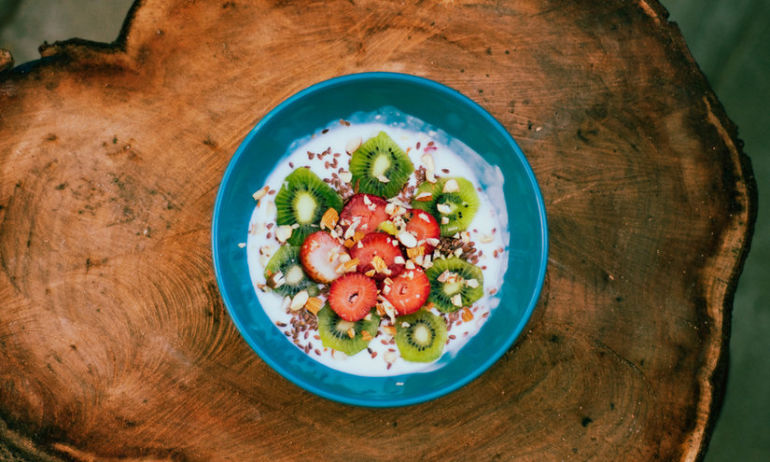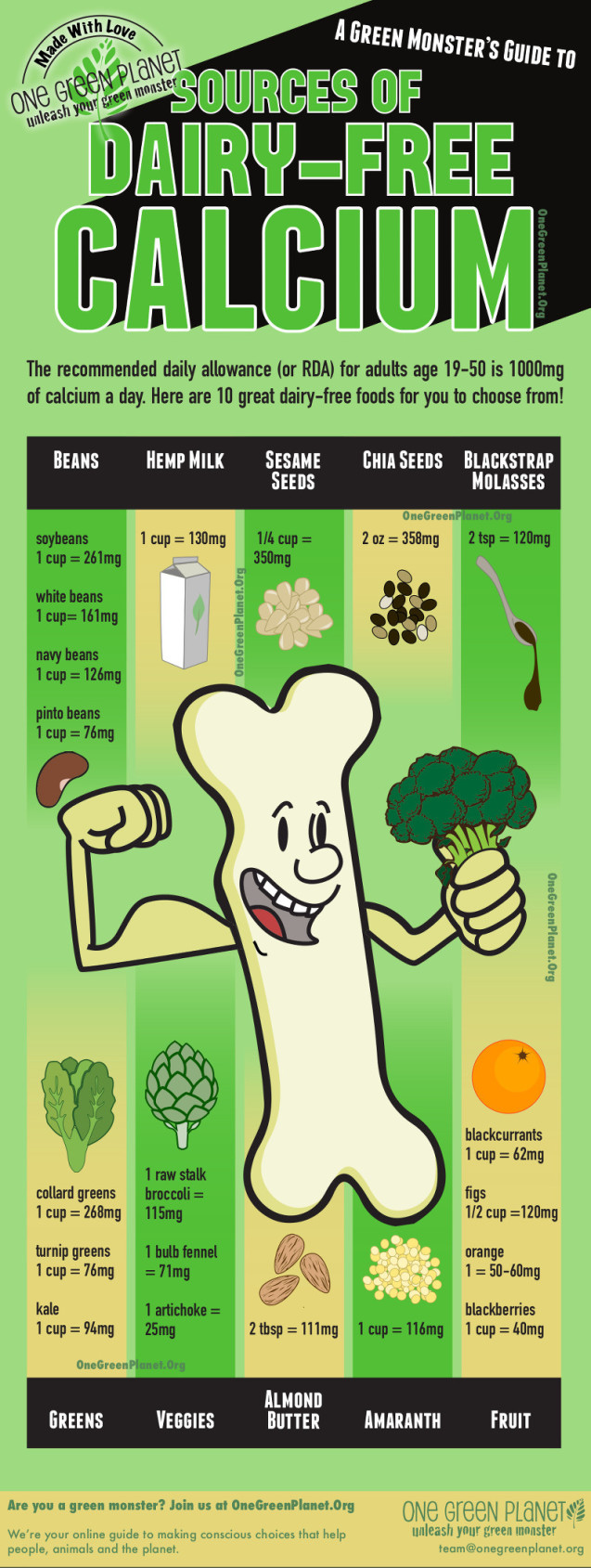
1. Eat at regular intervals.
Don’t skip meals, which tends to encourage binge eating later on. Aim to eat every three to four hours to keep your metabolism on an even keel during the day. That said, once you’re done with dinner, stop eating for the night, ideally giving yourself three hours after dinner before getting to sleep.
2. Kick up your water intake to 8 cups a day.
There’s no magic number for the amount of water an individual needs to drink in a given day. You should basically drink when you’re thirsty. That said, drinking water conscientiously does a couple of things during a cleansing plan: it displaces other things you might be drinking (such as wine, diet soda, or cold-pressed green juice). It’s also something to do when you’d rather be eating a handful of tortilla chips.
And finally, drinking more water can help your body deal with the increased fiber that comes with eating more whole grains and vegetables.
3. Ratchet up flavor.
If you want to reduce the amount of food you eat semiconsciously during the day, make sure the food you do eat tastes vibrant. Season your food thoughtfully with salt, and then let chiles, spices, herbs, citrus juice and zest, and flavor-boosting condiments make what you eat seem all the livelier.
4. Cut out the white stuff.
Get your complex carbs from a variety of vegetables, legumes and some whole grains instead. All of these give you more fiber per bite, allowing you to feel more satisfied, and the husks and skins of the grains also contain more diverse nutrients than bleached and polished grain products. Brown rice pasta, red quinoa, bulgur, and barley can truly be delicious!
5. Dig into produce.
The great thing about making a cleanse for each season is that we can incorporate fruits and vegetables.
The principle is the same whether we’re talking spring asparagus, summer green beans, or fall squash. See if you can get half your plate covered with produce.
6. Eat more yogurt, less cheddar.
We cut way back on dairy, because it might give your digestive system a break. But we’re very interested in keeping some live-cultured foods in our program, so we include a fair amount of yogurt and some young fresh cheeses.
Nondairy sources of calcium include almond milk and dark leafy greens.
7. Choose quality over quantity with meat.
Meat is less of a focus in The Food Lover's Cleanse, and processed meat is excised altogether.
Meat portions are pared back to 4 to 6 ounces per meal. If you’re a meat eater, it’s important to think about the context you’re eating it in: a hamburger on a bun with fries tells a very different story from a grilled hanger steak served with homemade tomato relish and a quinoa salad with roasted figs and walnuts!
8. Stop the sugar creep.
Sugar can pile up in our daily diets, especially when we eat a lot of ready-made foods. For sweetness, there’s a bit of honey, maple syrup, fruit, and dark chocolate -- but even these we keep moderate since we’re aiming to curb sugar cravings. Once you introduce sugar, your body asks for more all day long.
9. Drink less.
Limit your alcohol consumption to four drinks per week max.
10. Say YES to the avocado (and other sources of heathy fats).
We incorporate plenty of foods that are rich in omega-3 fatty acids, such as nuts, salmon, and, of course, avocados.
11. Dial back the lattes.
If you can’t give up your morning coffee, we understand (and you’re still getting a nice boost of antioxidants), but the results of cutting back can be interesting. One of the personal effects of this cleanse is that I discovered I sleep much, much better without a regular coffee habit.
This isn’t true for everyone, but it’s a discovery I wouldn’t have made without The Food Lover's Cleanse. Try to keep coffee to a single cup, low on the added milk and sugar. After that, swap it for unsweetened tea throughout the day: green, white, and herbal are generally lower in caffeine, are good sources of antioxidants, and can give you that nice afternoon lift you might be looking for.
~Thanks to Sara Dickerman

No comments:
Post a Comment